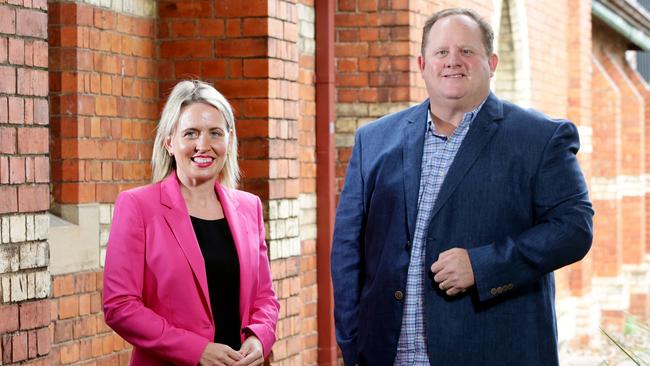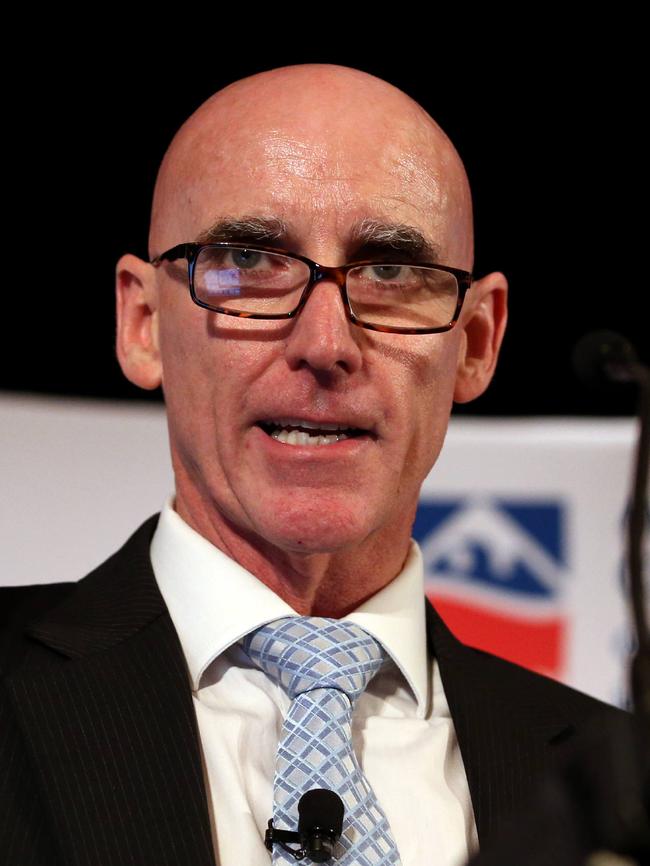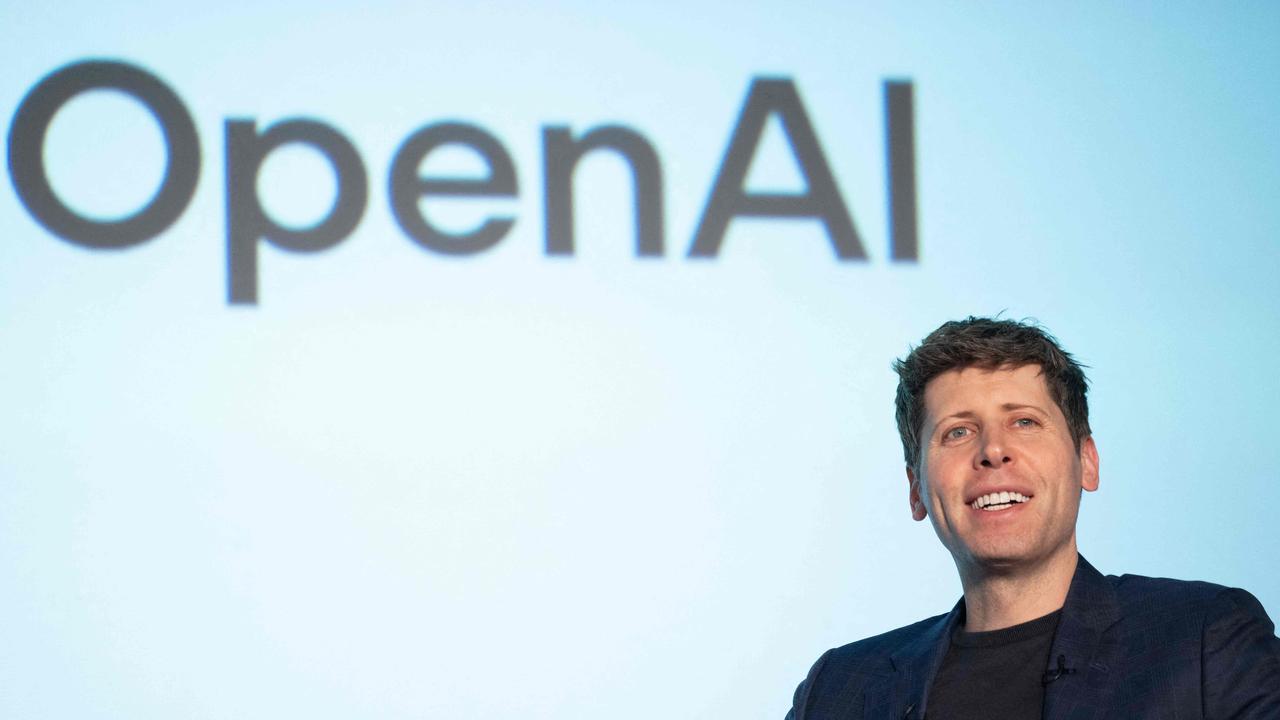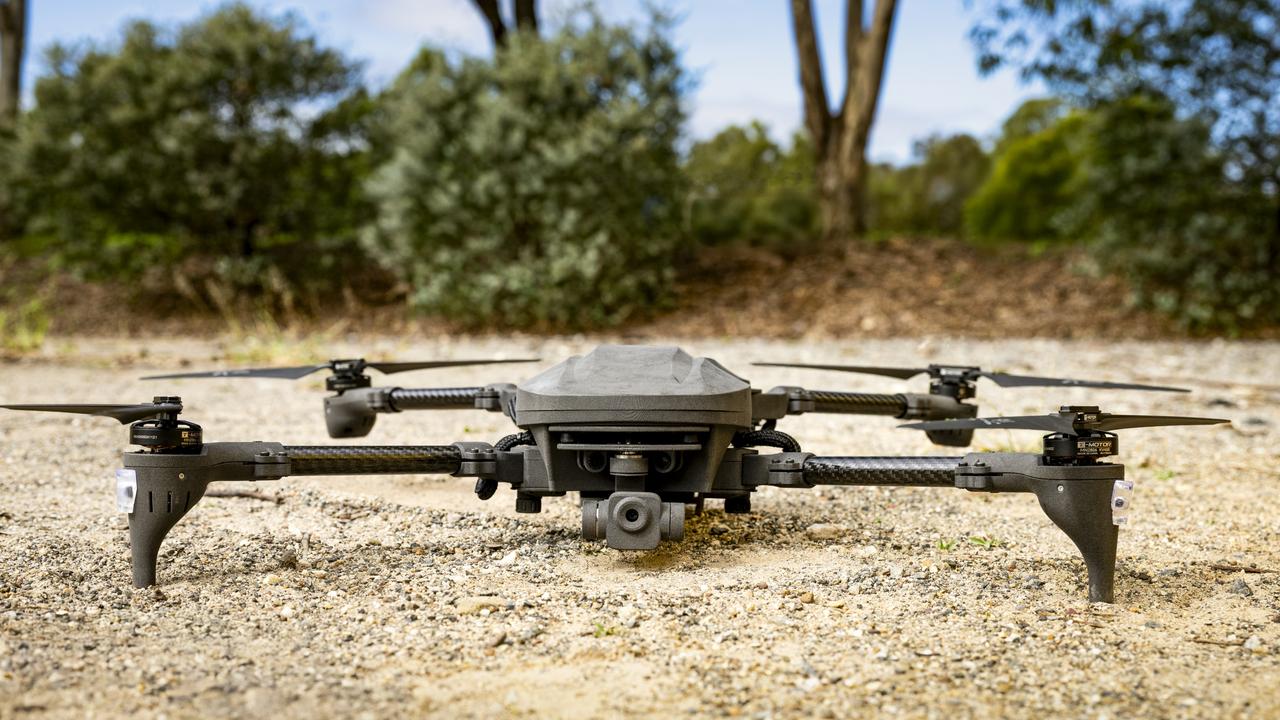Will Bevan Slattery’s HyperOne broadband fibre project take off?
Queensland entrepreneur Bevan Slattery’s $1.5bn project to supercharge Australia’s internet capability has created a stir in tech circles.

Queensland entrepreneur Bevan Slattery’s $1.5bn project to supercharge Australia’s internet capability has created a stir in tech circles, but key players in the broadband space say more detail is needed to see how the rival business-focused broadband network will work.
HyperOne is intended to be a 10,000-terabits-per-second terrestrial fibre network connecting capital cities in every state and territory for the first time and providing “safer” geopolitical transmission channels away from the South China Sea.
Fibre will be laid across 20,000 kilometres and have associated speed boosters to create a new back-haul network or fibre backbone, transmitting huge amounts of data within seconds for businesses looking to tap straight on to the network.
Mr Slattery told The Australian he had conducted “private soundings” to potential cornerstone customers and will start formalising agreements over the coming months.
“Obviously, the first person to commit was myself both as a customer and as a founding investor,” he said.
“Hyperscaler, major cloud providers and future industries are all looking for direct access to intercity dark fibre — that’s something that simply isn’t available in Australia today.
“As for the last mile, that’s pretty much all done now. Add to that 5G, high-speed satellite, millimetre wave wireless as well as future 6/7/8G in the next decade.
“Our focus is on building the new highway to allow these last-mile operators to invest in the access networks and improve connectivity.”
Former Queensland government minister Kate Jones, who became Mr Slattery’s adviser in January, said she was “really captured by his vision”.
“For me HyperOne is a truly iconic national building infrastructure project and can underpin thousands of new jobs in regional Australia.”
Mike Quigley, former chief executive of the National Broadband Network, said more detail was needed about the fledgling network.
“In principle, having more fibre in the ground is good, but only if it is possible to do it as a private project that is viable,” Mr Quigley said. “We need more detail because the publicly available information gives you no insight into how it is going to happen.
“While it’s interesting, I don’t think it’s going to do much to the NBN’s ‘last mile’ issues, which is a direct result of the federal government’s decision to stop rolling out fibre to premises and use old copper networks and TV cables instead.”

Another senior broadband operator, who has worked closely with the NBN rollout but declined to be named, said Mr Slattery’s plan would bring down “exorbitant” prices charged by current network operators, including Telstra and TPG, to access certain parts of the back-haul fibre.
“It came up as an issue during the NBN rollout,” this source said. “The prices charged by operators varied widely between states, increasing costs.
“Bevan’s a genius and passionate about regional Australians. He has done this before and I think he can deliver because he knows the technology well.”
Mr Slattery has been a founder of IT and telco businesses over nearly 20 years, including fibre optic business PIPE Networks, now owned by TPG, and data centre business NEXTDC.
Hostworks founder Marty Gauvin, chair of the federal government’s innovation investment committee, said the nation needed to “get back on the front foot” in telco infrastructure.
“The technology that Bevan is looking to deploy is well understood and he knows it better than anyone in this country.
“I’ve known Bevan since my company Hostworks did a deal with his company, Pipe Networks, to send a lot of popular content around the country in the early 2000s. Around this time, Pipe Networks went on to build an international link from Sydney to Guam called PPC-1.”
Mr Slattery recently said the PPC-1 project “literally nearly killed me financially and personally during the financial crisis in 2008”.
But Mr Gauvin said it was from “this experience that Bevan has progressed through a number of companies to having the best skills and business network to pull this off”.
“If it is completed it will provide a great alternative to keep prices down but more importantly will ensure that Australians are less constrained by bandwidth.”
HyperOne is also internally referred to as HAM, the first initials of Mr Slattery’s three children, Holly, Alara and Mitchell.
“Ultimately these big projects are about the hard yards, the tough times, those dark moments where it all seems against you, yet somehow need to keep persisting … calling it Project HAM will also be the much-needed fuel to the fire that needs to burn in those dark times,” Mr Slattery said.
“But HyperOne/Project HAM is not just about my children’s future, but all of our children’s future.”





To join the conversation, please log in. Don't have an account? Register
Join the conversation, you are commenting as Logout